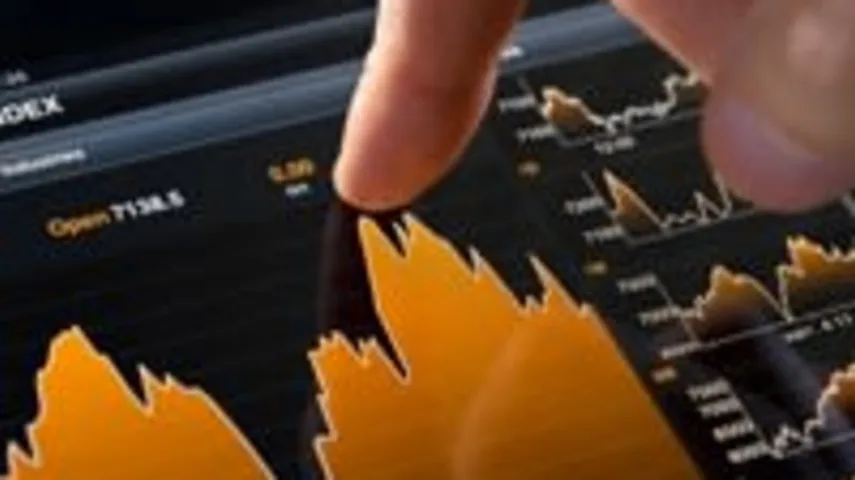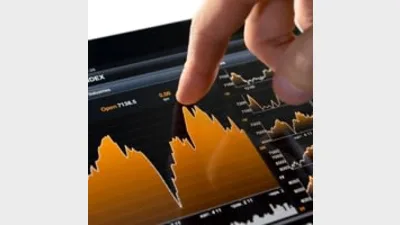Market volatility and media coverage influencing super switching



The investment volatility currently being experienced across the globe is unprecedented and is likely to continue, according to new analysis released by the Association of Superannuation Funds of Australia (ASFA).
What is more, the superannuation body has warned that the heightened volatility when combined with media coverage can give rise to switching by superannuation fund members.
In a discussion paper examining the need for further academic research into the superannuation sector, ASFA says the volatility of investment markets following the global financial crisis has made many people question whether the asset allocation strategies of many superannuation funds are appropriate, particularly for baby boomers approaching retirement.
"One of the things we do need to appreciate is that the level of investment volatility we are experiencing at the moment is unprecedented," it said, and cited a report by Professor Amin Rajan - Market Volatility: Friend or Foe? (a global survey of 289 asset managers, pension plans, pension consultants and fund distributors, managing total assets under management of $25.2 trillion) - which predicts that volatility will continue, with 78 per cent of respondents to the survey anticipating prolonged turbulence.
"According to the report, the last four years have been the most volatile in the history of equity markets, with price fluctuations of 4 per cent or more in intra-day sessions occurring six times more than they did on average in the previous 40 years.
"Extreme spikes in market volatility and asset class correlations have been common," the ASFA analysis said.
It said some causes of the global volatility were known, with the de-leveraging of the "mother of all debt bubbles in the West" being the primary cause.
However, it said other factors contributing to volatility included high frequency trading (HFT), which caused the 2010 markets' 'flash crash'.
The ASFA analysis pointed out that by 2010, HFT accounted for over 70 per cent of equity trades in the US.
It also pointed to the role of the media, saying the focus on investment volatility had the potential to unnerve investors.
"ASFA's anecdotal feedback is that while the number of switches made by superannuation fund members at times of heightened market volatility is low in absolute numbers, it is significant in terms of the size of individual account balances," it said.
"The challenge for superannuation funds is to manage volatility risk, both in absolute terms through asset allocation and by communicating to members at the same time as they are receiving messages from a variety of sources that focus on the downsides of investments," the ASFA analysis said.
Recommended for you
The winners have been announced for the 2025 Super Fund of the Year Awards, held in Melbourne on 26 November by Money Management's sister brand Super Review.
Data and technology provider Novigi has acquired Iress’ superannuation consulting and managed services business from Apex Group.
AMP is to launch a digital advice service to provide retirement advice to members of its AMP Super Fund, in partnership with Bravura Solutions.
Unveiling its performance for the calendar year 2024, AMP has noted a “careful” investment in bitcoin futures proved beneficial for its superannuation members.









